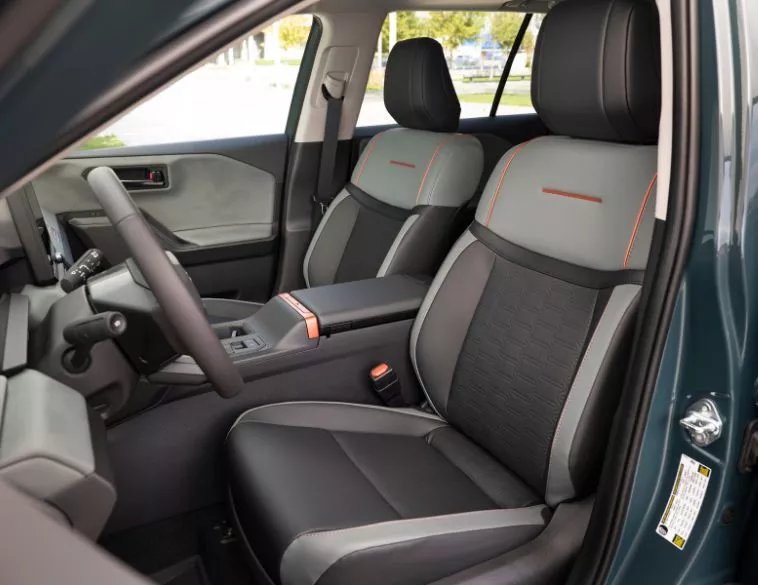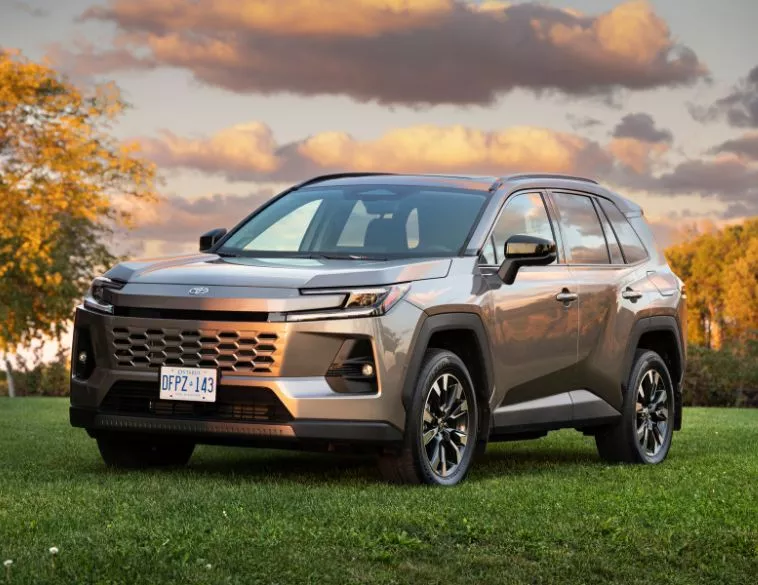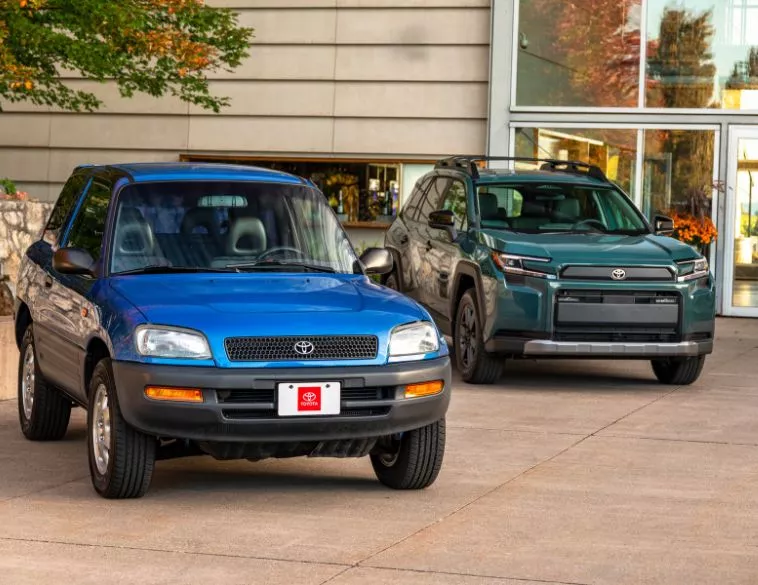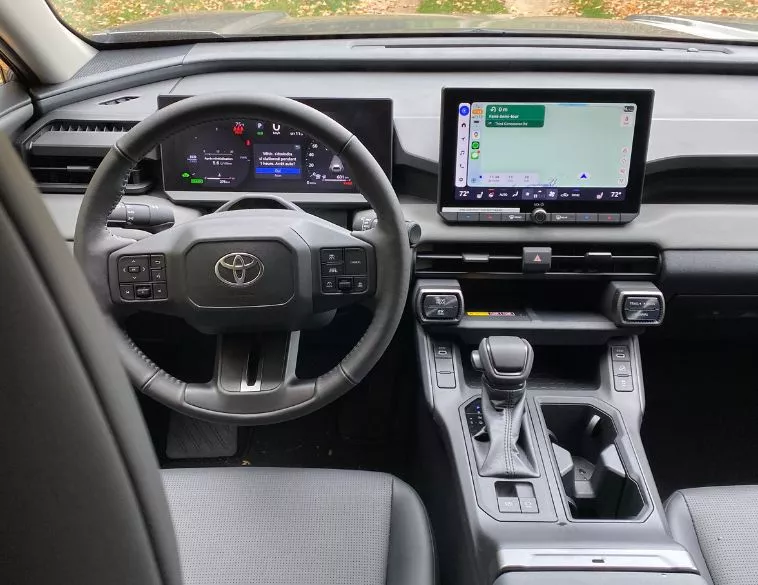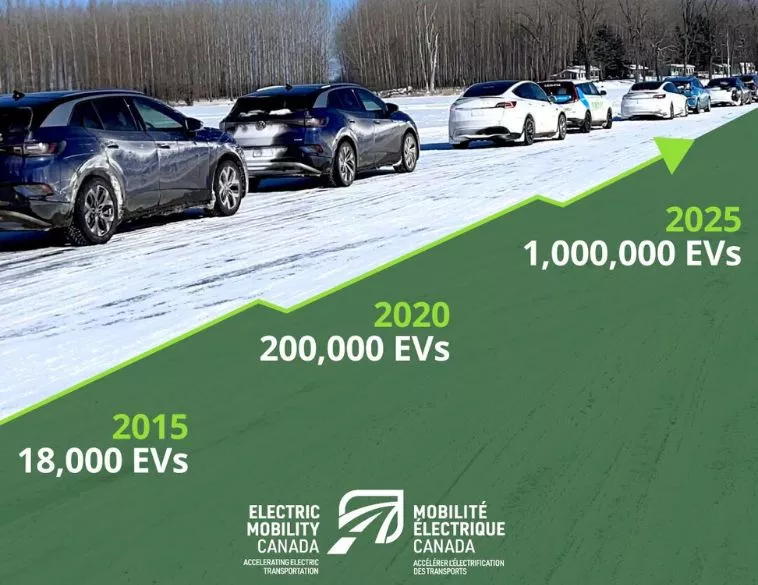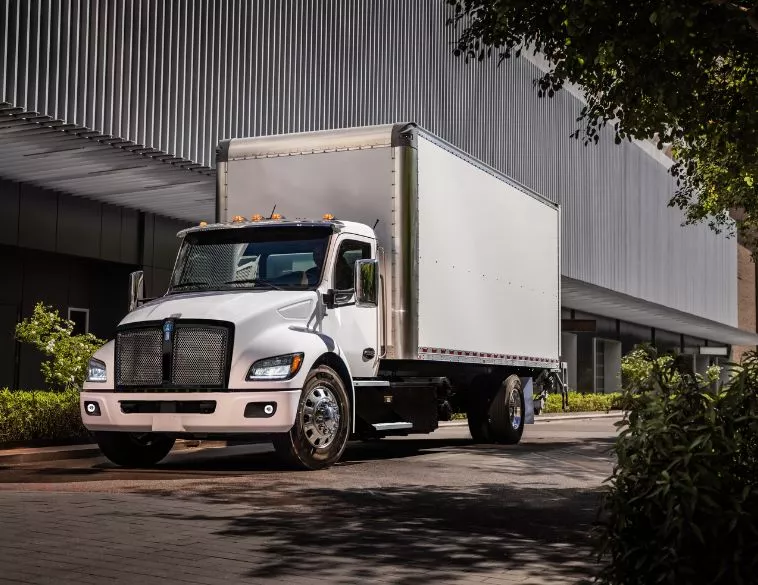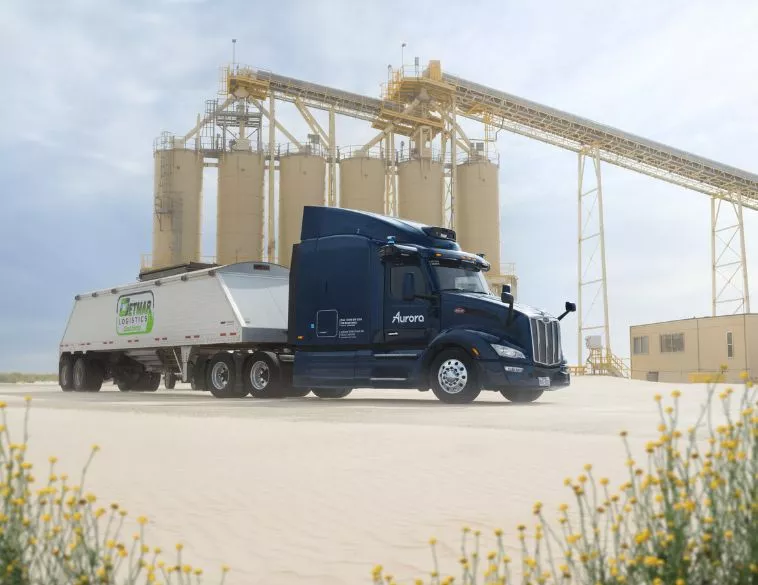The 2026 Toyota RAV4 gets a modern upgrade to match the energy transition
Almost 30 year old, the RAV4 is getting a fresh start. The compact utility vehicle, built at Toyota’s plant in Woodstock, Ontario since 2008, now enters its sixth generation. The latest version of the RAV4 is set to establish itself as a smart choice for companies looking to invest in a vehicle built in Canada.
For 2026, Toyota has updated the RAV4’s styling and technology while staying true to what makes it a bestseller. In Canada, it ranks second in overall sales, behind only Ford’s F-Series pickups.
The RAV4’s success has always been grounded in versatility, reliability, and efficiency. It has dominated the compact SUV category for years, and keeps adding to its trophy case. Last year, it earned Canadian Black Book’s awards for Best Retained Value and Best Residual Value, along with Vincentric’s Best Value in Canada award, an important benchmark for fleet managers.
With this latest generation, Toyota says goodbye to gasoline-only engines. The lineup is now based on two hybrid systems, standard and plug-in. For 2026, the automaker expects plug-in hybrids to account for 20% of sales, up from 8% today.
Both setups have been enhanced for better performance and efficiency. The batteries are smaller, lighter, and better-cooled, with upgraded thermal management for plug-ins, higher voltage, and improved energy capacity. Plug-in variants (SE, XSE, XSE Technology, and GR Sport) now deliver greater electric range: up to 84 kilometres, compared to 68 previously (77 km for the GR).
More power, less fuel
The latest redesign also brings a boost in power. Plug-in versions now generate 324 horsepower, an increase of 18 hp, while conventional hybrids produce 236 hp. Regardless of configuration, the new RAV4 consumes less fuel than before. Hybrid models average between 5.4 and 5.6 L/100 km, except for the Woodland Edition, which is rated at 6.0 L/100 km. Plug-in hybrids offer similar efficiency, rated at 5.7 L/100 km for SE and XSE trims, and 6.4 L/100 km for the GR Sport.
Charging times are shorter as well, thanks to a more powerful 22.7 kWh battery (up from 18.1 kWh). Most versions come with a standard 7 kW onboard charger, while the XSE Technology model increases capacity to 11 kW. Equipped with a dual charging port, it can recharge on a 50 kW direct-current station in about 30 minutes.
The RAV4 lineup is divided into three families (Core, Outdoor Adventure, and Sport), with a total of 11 trims to meet the needs of a diverse customer base. The big news for 2026 is the addition of the Gazoo Racing (GR) edition, developed by Toyota’s performance division. It is aimed at driving enthusiasts who want a more spirited experience, while still enjoying all the qualities that make the RAV4 such a popular SUV.
At first glance, each lineup stands out through distinct exterior styling cues, particularly at the front. The Core series features a grille painted in the same colour as the body, the Outdoor Adventure lineup adopts a split-grille design, and the Sport family uses the exclusive look developed for the GR models. Equipped with 20-inch black alloy wheels, red brake callipers, and a sport-tuned suspension, the GR edition features bumpers with integrated air intakes, a rear spoiler, and a piano black lower spoiler. Its ground clearance is 16 millimetres lower than the rest of the lineup, and GR-specific accents continue inside the cabin.
The Woodland Edition is aimed at drivers who venture off the beaten path. It features a body raised by 10 millimetres, unique skid plates, wider fenders, all-terrain tires, roof rails with crossbars, a storage compartment, all-weather floor mats, a cargo tray, door sill plates, and a rear bumper protector. All of these elements make this version truly ready for adventure.
Innovation inside and out
While many modern vehicles sacrifice visibility, Toyota moves in the opposite direction. The rear window and quarter glass are larger, improving visibility and giving occupants a greater sense of safety.
Towing capabilities have also been increased. Plug-in models can now pull up to 1,588 kilograms (3,500 lb), up from the previous 1,134 kg (2,500 lb). The only exception is the GR, which does not include towing. The entry-level hybrid (LE) maintains a capacity of 794 kg (1,750 lb), while all other hybrid trims match the 1,588 kg rating. Staying true to its adventurous nature, the Woodland Edition includes a factory-installed hitch.
The rear hatch opens wider and the cargo area is more spacious than before. Hybrid versions offer between 1,070 and 1,994 litres of cargo volume with the second row folded, while plug-in hybrids provide between 951 and 1,800 litres. Models equipped with a panoramic roof lose about 3% of total capacity.
Under the hood, and inside the cabin, Toyota continues to innovate. The 2026 RAV4 integrates a full suite of new technologies to help prevent collisions and protect occupants. Toyota Safety Sense 4.0 makes its debut, featuring a new front camera and radar. Depending on trim, available features include a heated steering wheel, dual wireless chargers, and a shift-by-wire system. All models come standard with an active front grille, a toggle-style shifter, a dual-hinged reversible centre console, and Toyota’s new Arene software platform.
With standard all-wheel drive, improved sound insulation, and greater comfort on the road, the 2026 RAV4 fine-tunes an already proven formula. Reliable, efficient, and more capable than ever, it proves that evolution doesn’t have to mean a loss of identity.
At the time of publication, Toyota had not yet announced pricing for the 2026 RAV4, which will arrive in dealerships early next year.


